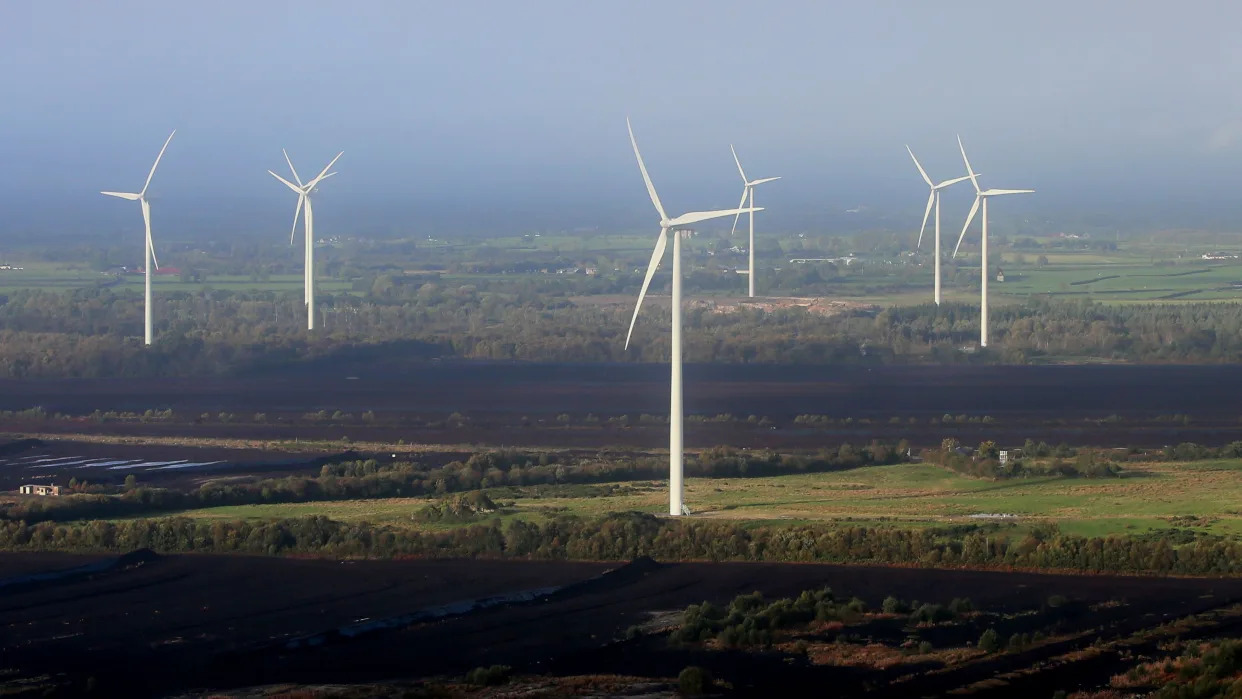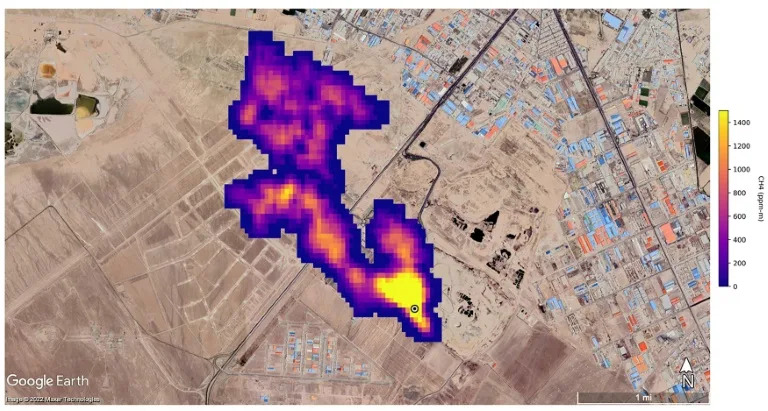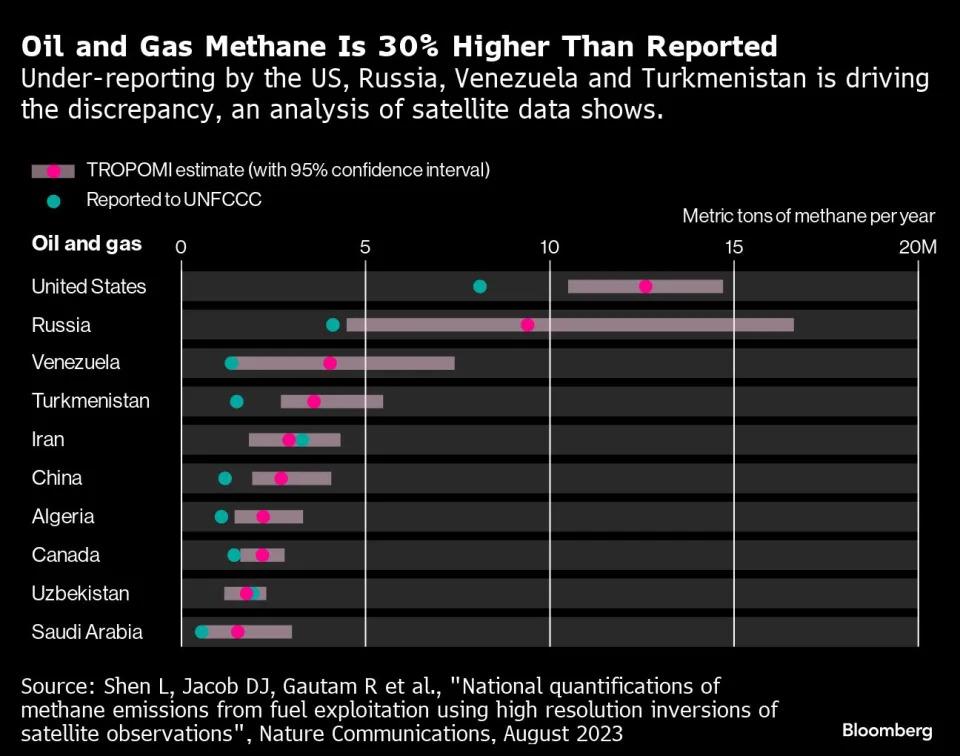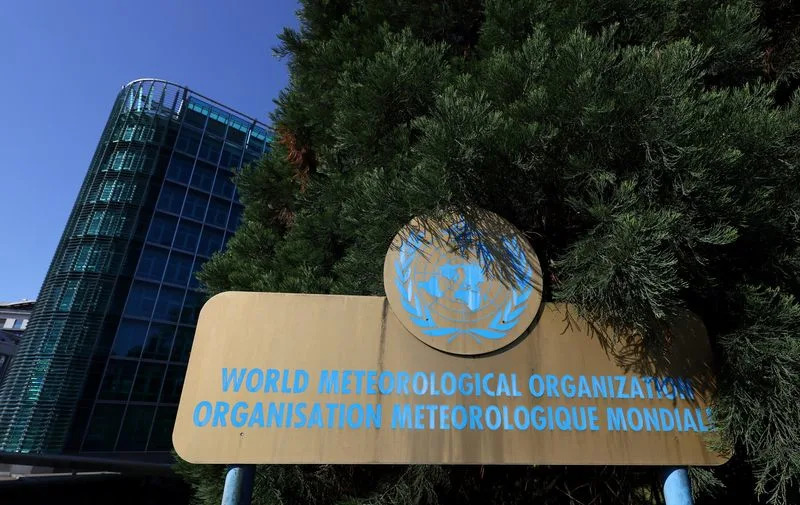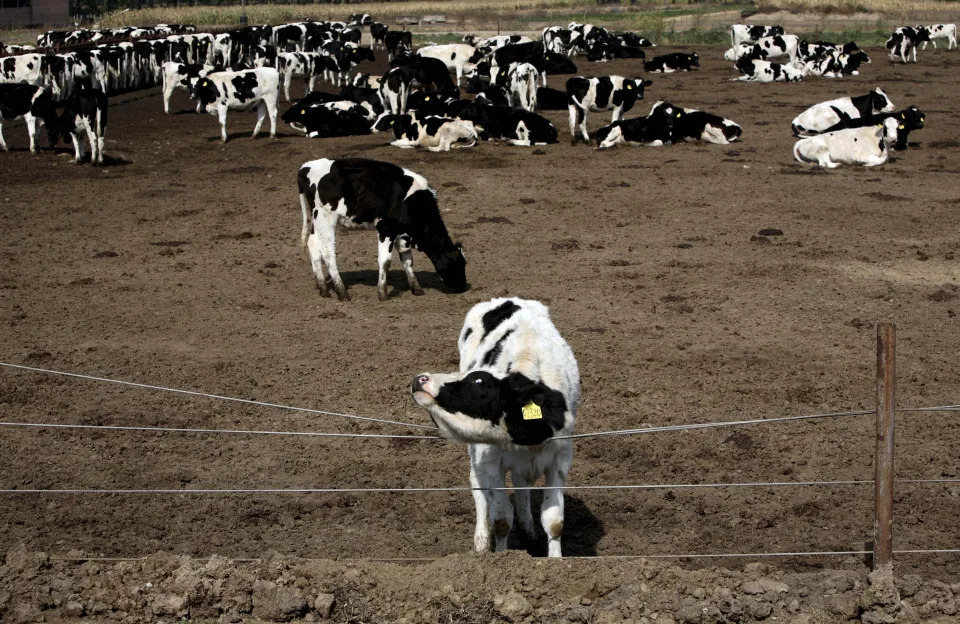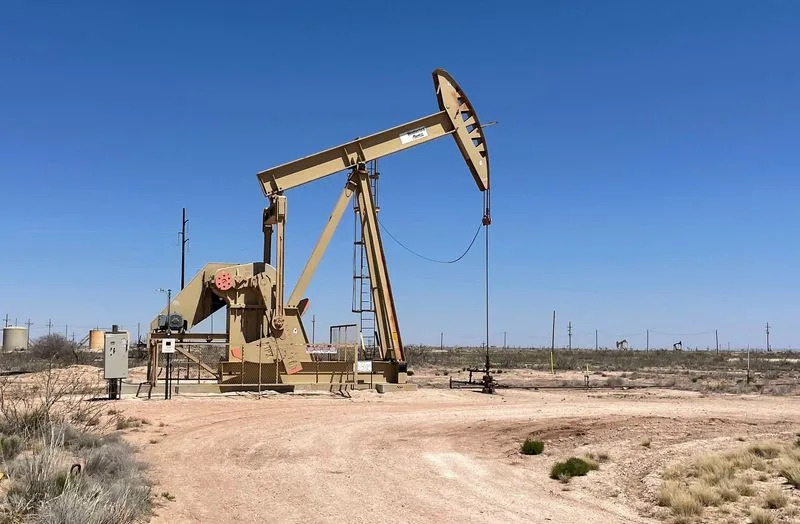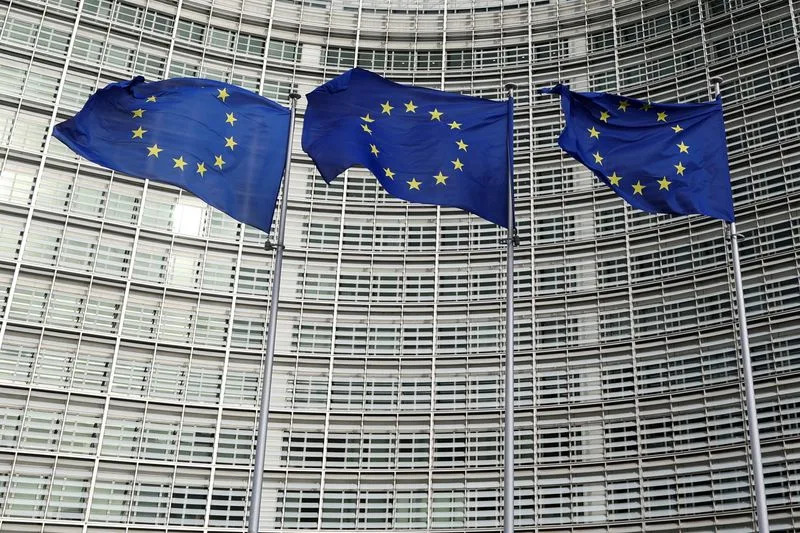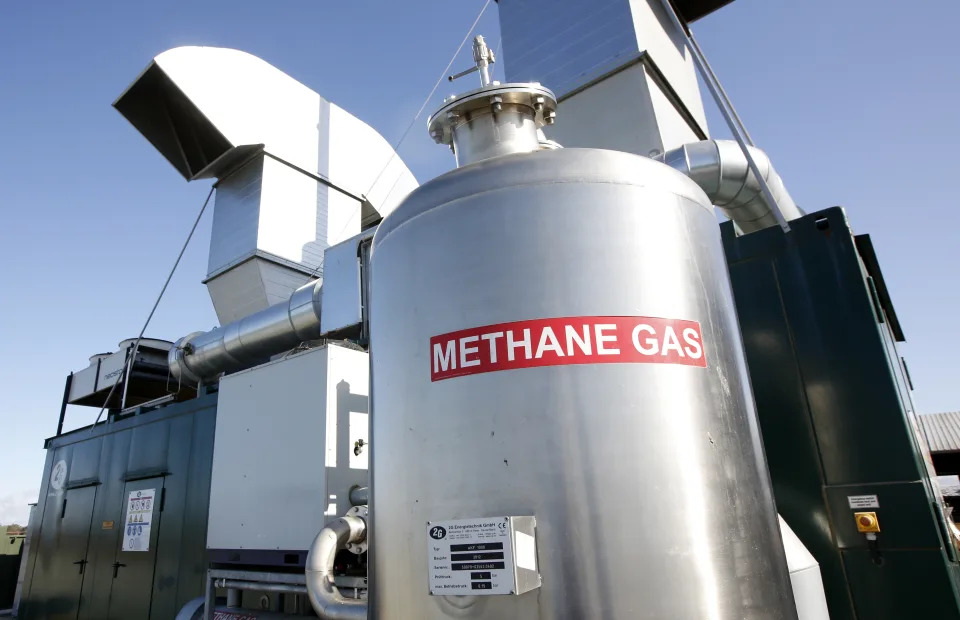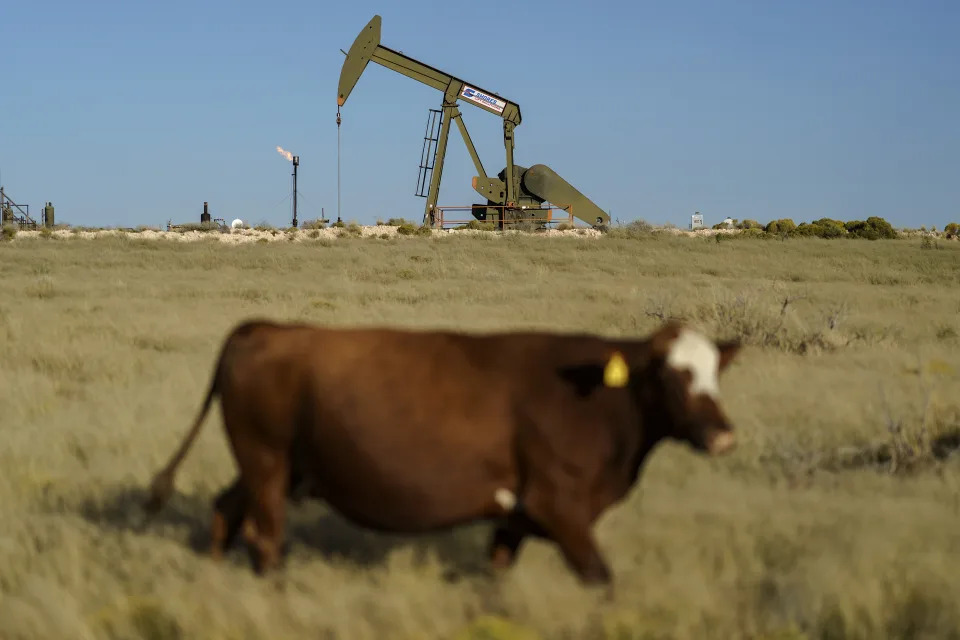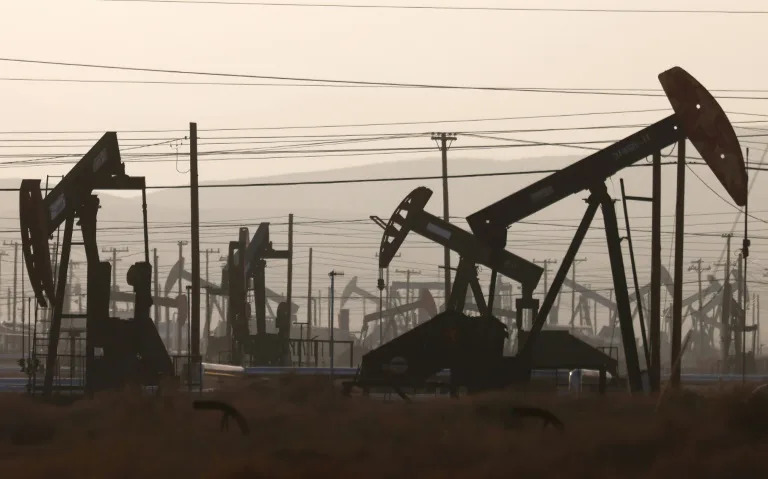You’ll usually find labor and climate activists waving signs on the steps or lobbying lawmakers in the rotunda of the California Capitol. But with legislators on recess until next year, progressive advocates on Monday turned their attention to the November board meeting of the country’s second-largest pension fund.
Those advocates, many of whom traveled to Sacramento from Los Angeles, urged members of the CalPERS Board of Administration’s Investment Committee to stop funding companies and private equity firms whose practices, they say, harm workers and the environment.
The calls for action come as the California Public Employees’ Retirement System tries to balance its need for strong investment returns with broader commitments to social issues such as workers’ rights and climate protections. Activists say they want to see the fund, which is currently worth about $463 billion, actively engage with companies and cease new investments until those companies fall in line with CalPERS principles.
“When CalPERS gets engaged, we know they can get results,” said Jordan Fein, lead research analyst with the union Unite Here Local 11, which represents striking Los Angeles hotel workers.
The board on Monday unanimously approved a new set of labor principles to guide its investments and also introduced a new sustainability plan, which notably promises an “exit strategy” so CalPERS could divest from companies that don’t have viable plans to eliminate carbon emissions. The fund wants to make its portfolio net-zero emissions by 2050.
But at the same time, CalPERS in the last two years has upped its investments in private equity and private debt, both of which have drawn ire from labor and climate activists. The fund hopes the riskier investments will reap larger returns and improve the fund’s financial health. Currently, CalPERS is only 72% funded, which means it could afford to pay less than three-quarters of the benefits that it owes to retirees and workers if it had to cough up the money today.
Unions say many private equity-owned companies don’t treat workers with respect, such as Los Angeles-area hoteliers whose workers have gone on strike throughout the summer. Meanwhile, climate hawks want private equity firms to ditch fossil fuel assets and are so far unsatisfied with what they call “greenwashed” efforts to decarbonize portfolios.
“We need to move faster than we are,” said Miriam Eide, executive director of nonprofit advocacy group Fossil Free California, in an interview last week. The group sponsored Senate Bill 252, a bill that would’ve forced CalPERS to sell off investments in the 200 largest fossil fuel companies. She characterized the 2030 sustainability plan as “yet another example of ‘too little, too late.’”
New strategy opens door to divestment…sort of
CalPERS has always emphasized that fiduciary duty to its members drives its investment decisions, rather than social or moral obligations like climate change and workers’ rights. Its 2030 sustainable investment strategy toes this same line.
The plan commits an additional $50 billion investment toward “climate solutions” by 2030. These could include companies developing carbon capture and sequestration technology, renewable energy methods and drought-resistant crops.
It also lays the groundwork for divestment from companies that don’t develop and commit to viable net-zero emissions plans – a component that pleased climate activists to some degree.
“Our approach has always been engagement,” said Peter Cashion, director of the sustainable investments team, in a previous meeting with reporters. “This is an evolution of our engagement, and if we feel that there is a financial risk from a company not following our advice, there’s the potential to underweight them and possibly exit them.”
Cashion admitted that his team doesn’t yet have definitive criteria for how they’d decide which investments to keep and which to “exit,” or divest from. The Monday presentation to the board did not include an exact timeline for when such criteria would be finalized.
“It’s not incredibly easy to predict the future,” Cashion told reporters previously. He explained that the risk analysis would likely consider how much CalPERS stands to lose if the company does not have a plan to de-carbonize.
The board is still opposed to SB 252, also known as the “divestment bill,” which awaits a vote in the Assembly when lawmakers return in January.
Climate advocates, including CalPERS stakeholders, say the plan doesn’t move fast enough.
Dan Fuchs, 58, will likely retire in the next five to 10 years from his role as a water attorney with Attorney General Rob Bonta’s office. As a soon-to-be state retiree, Fuchs knows what’s at stake if CalPERS doesn’t fulfill its “fiduciary duty” to its members.
Still, Fuchs is an ardent supporter of complete divestment from fossil fuel companies and recently started advocating with Fossil Free California. He understands CalPERS’ argument that maintaining its shareholder status gives the fund power to force fossil fuel companies to meet climate benchmarks. But so far, that hasn’t moved the needle enough, he says.
“We need to do something drastic,” Fuchs said in a Friday interview. “If we can make fossil fuel companies international pariahs, then maybe we can make some change.”
Fuchs said he was “willing to take a little bit of a hit” to the pension fund’s investments in the short-term if that’s what it took to divest from fossil fuels.
Notably, climate advocates defer to CalPERS investment staff when asked where the divested funds should go, if not into fossil fuel companies.
“That’s their full-time job,” said Eide in an interview prior to Monday’s committee meeting, “and they’re good at it. They know how to maximize those returns, and they will do that.”
Unions demand divestment from private equity firm
At least two dozen advocates with Unite Here Local 11 took a bus from Los Angeles to share their experiences with the board Monday morning. Most of them work as housekeepers and support staff for hotels owned by the private equity firm Advent International, in which CalPERS invests.
The collective bargaining agreement for about 15,000 workers in the Los Angeles area expired at the end of June, and workers have staged rolling strikes throughout the summer and into the fall as movement at the bargaining table stalled.
Norelis Vargas, 39, told the board how she and her family left their home country of Venezuela for a better life in the United States. They journeyed for a month and a half, on foot and by bus, before crossing the border and settling in a Skid Row homeless shelter.
In order to make money and support her three children, Vargas took a contract job with an agency that placed her in hotels as a housekeeper. Unbeknownst to her, though, the company employed immigrant laborers such as herself as scabs for workers who were on strike. She had to cross the picket line each day she went to work.
“I felt like I disrespected the workers who were on strike,” Vargas said in Spanish, via a union translator. “No one ever explained to me what was going on or why they were on strike.”
Vargas and her fellow workers urged the board to use CalPERS’ voice as a stakeholder and push the hotels to “do the right thing” and “treat workers with respect.”









